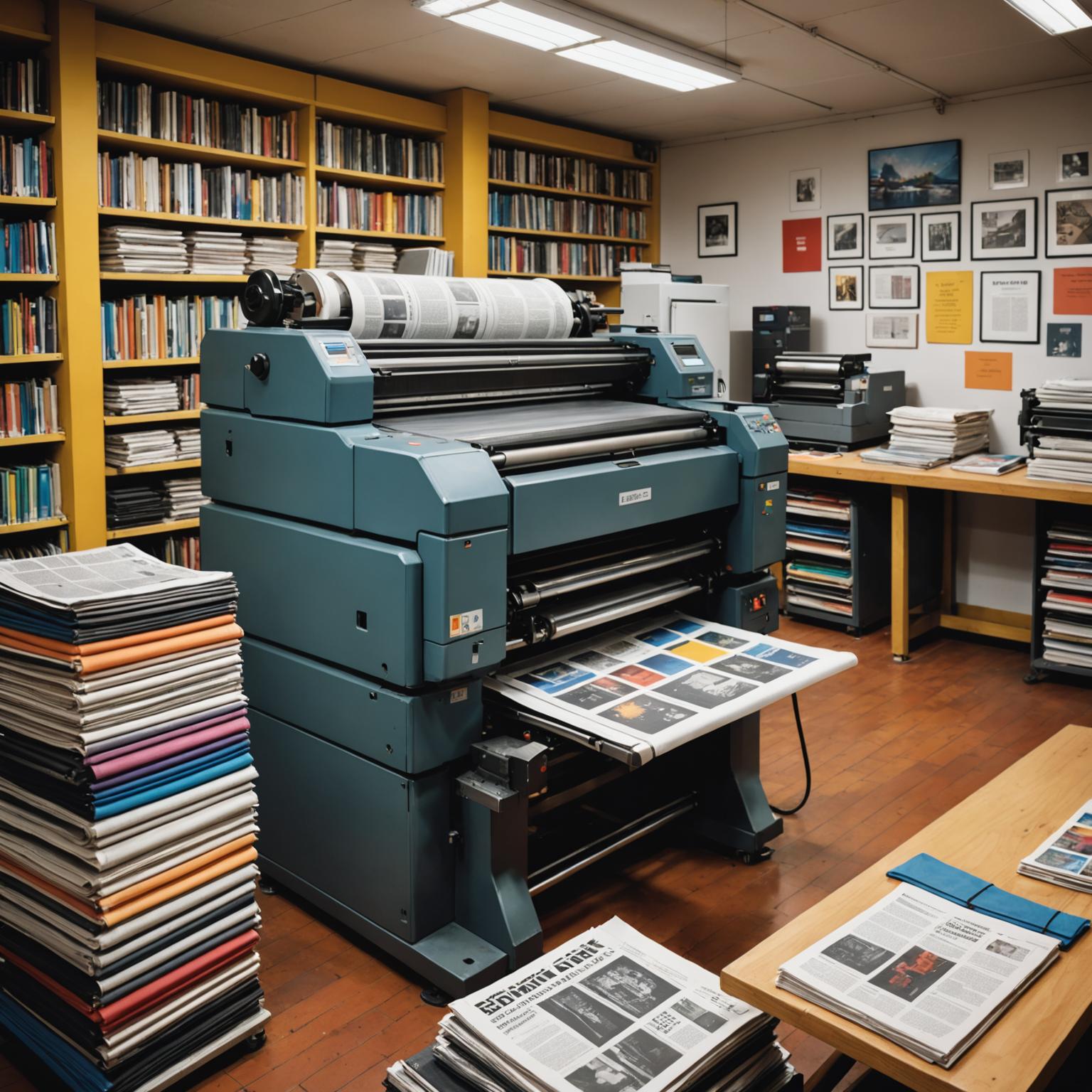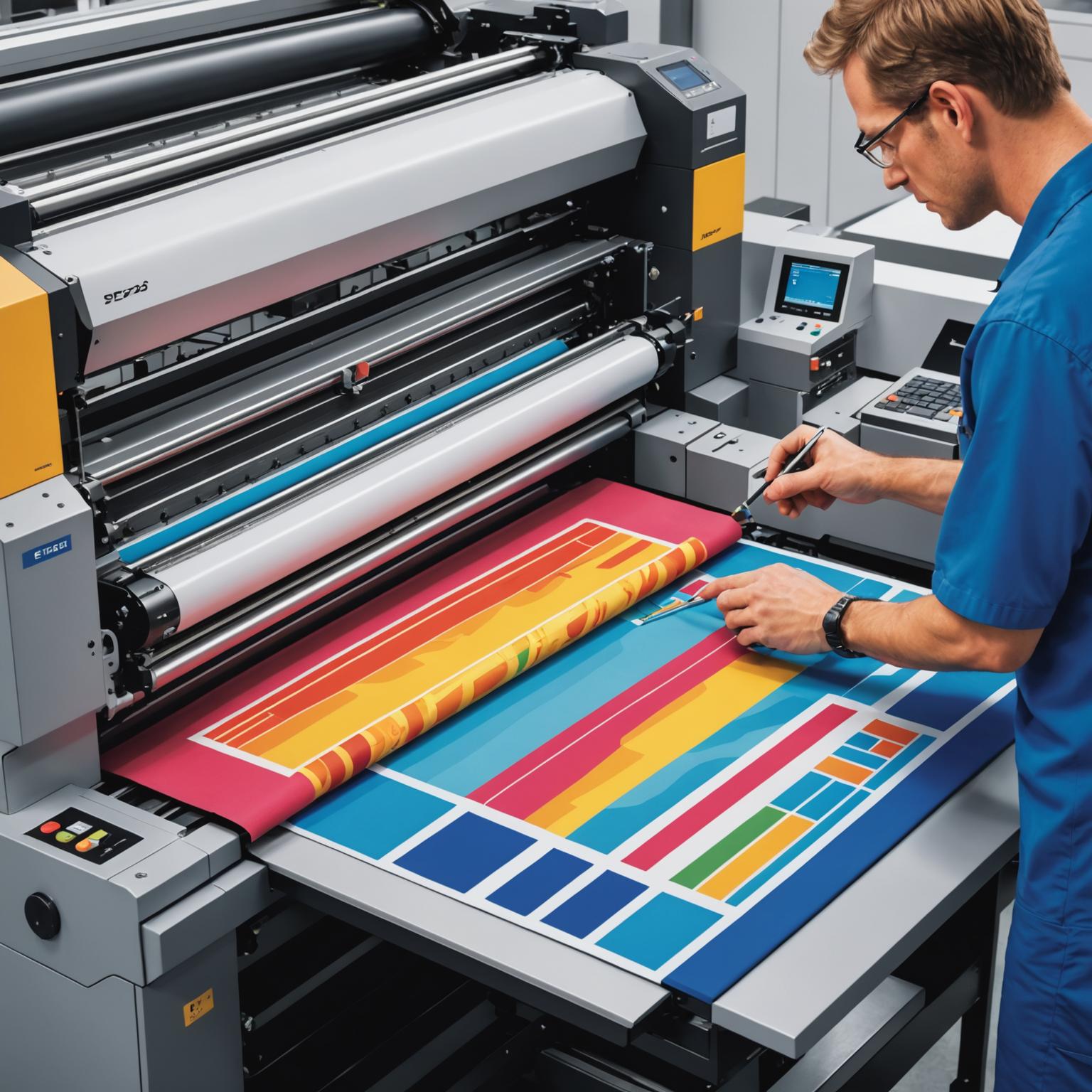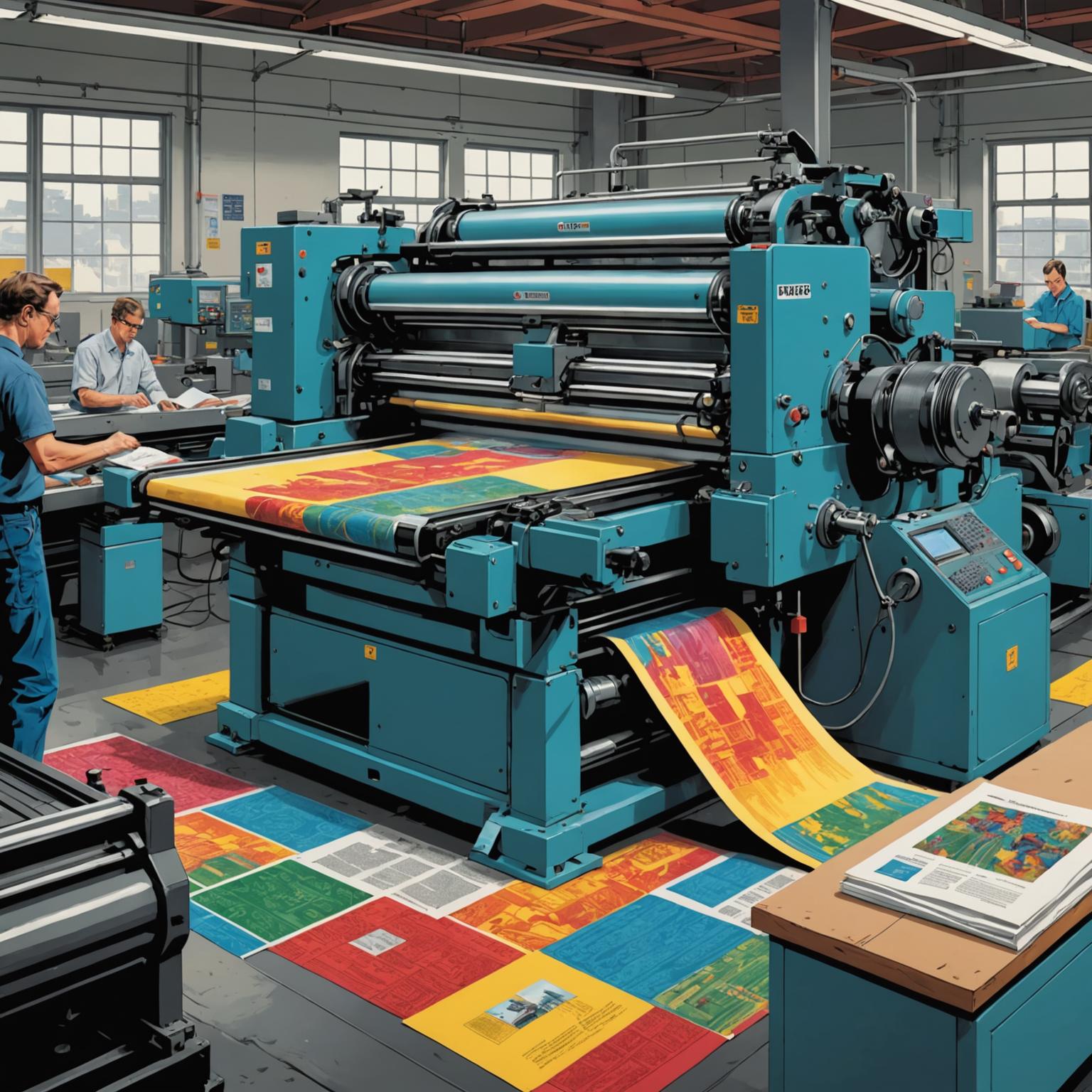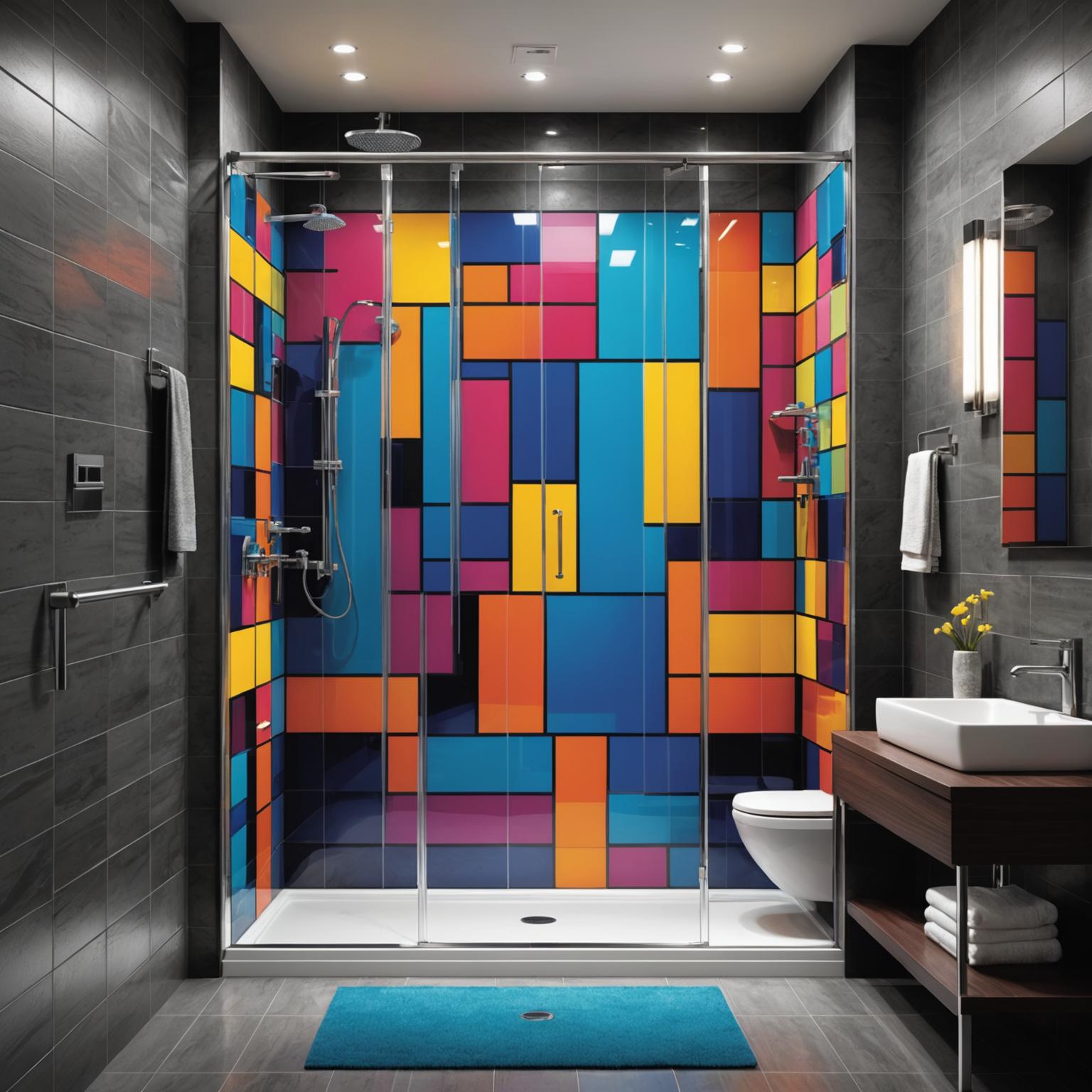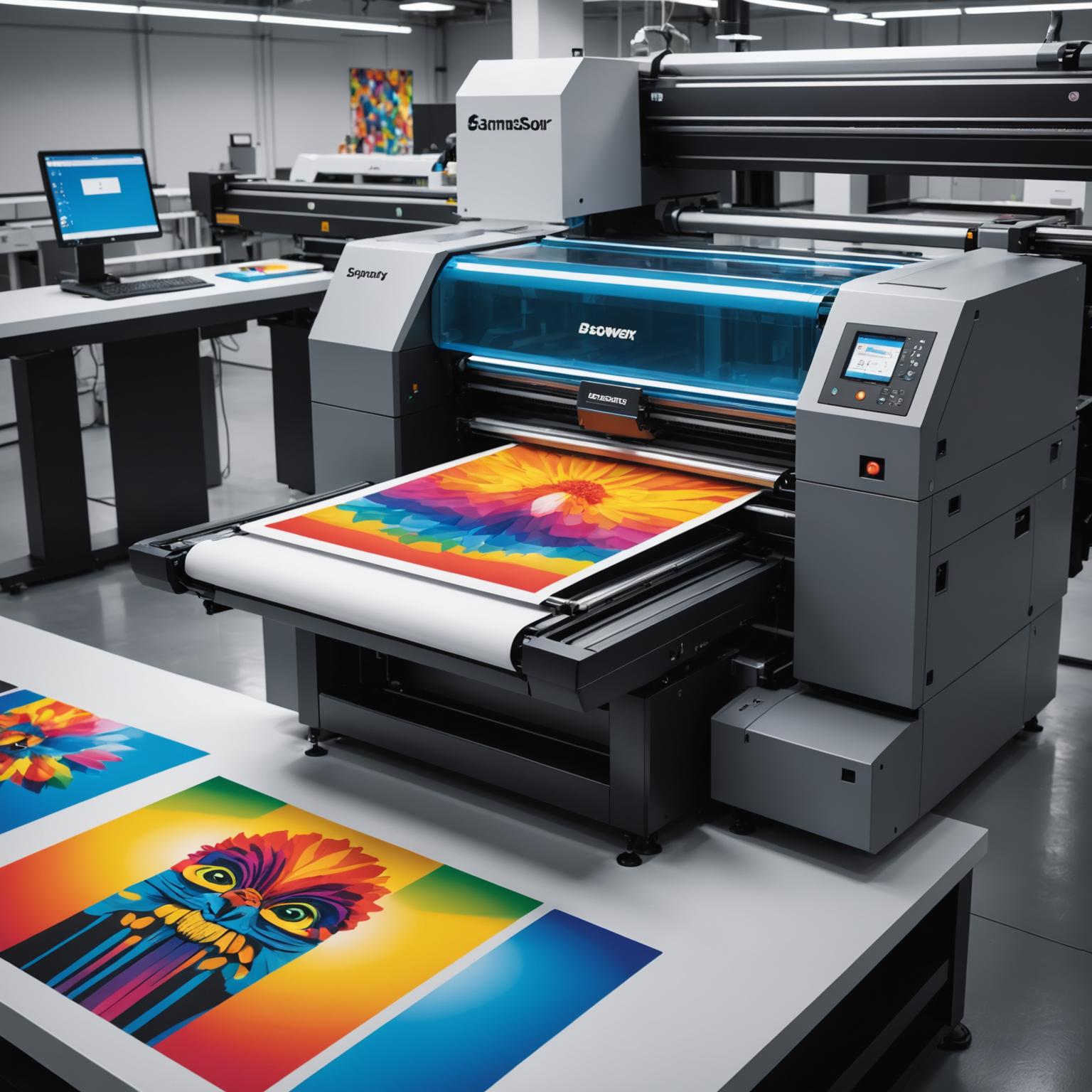From the subtle pinstripe on a business suit to a bold floral on a summer dress, clothing patterns are a fundamental element of style that can express personality, evoke emotion, and define trends. They are the artistic language of textiles, transforming a simple piece of fabric into a statement of fashion. Understanding how to utilize different patterns can elevate a wardrobe from basic to brilliant, allowing individuals to craft a unique and visually compelling look.
A Brief History of Patterns in Fashion
The use of patterns in clothing is a practice as old as civilization itself. Early cultures used dyes from plants and minerals to create symbolic designs on fabrics, often representing social status, tribal affiliation, or spiritual beliefs. Think of the intricate tartans of Scotland, each linked to a specific clan, or the vibrant block prints of India, with motifs passed down through generations. The Industrial Revolution mechanized textile production, making patterned fabrics more accessible to the masses and fuelling a creative explosion in the world of fashion. From the Art Deco geometrics of the 1920s to the psychedelic swirls of the 1960s, every era has had its signature fashion prints that reflect the cultural and artistic sentiments of the time.
The Art of Pattern Application in Fashion
The successful pattern application in fashion goes beyond simply choosing a pretty design; it involves a deep understanding of scale, placement, and fabric. A large, bold pattern might overwhelm a petite frame or a small, delicate garment, while a smaller, more intricate pattern could get lost on a sweeping maxi dress. Designers strategically place patterns to draw the eye, create illusions of shape, and enhance a garment's silhouette. For instance, vertical stripes can create an elongating effect, while carefully placed floral motifs can accentuate the waist or neckline. The texture of the fabric also plays a crucial role. A pattern printed on silk will have a different effect than the same design woven into a thick wool, making the thoughtful pattern application in fashion a true art form celebrated on runways and in everyday style.
A World of Fashion Prints
The world of fashion prints is vast and incredibly diverse, offering something for every taste and occasion. Floral prints are timeless, ranging from romantic, ditsy blossoms to dramatic, oversized botanicals. Geometric prints, including stripes, polka dots, chevrons, and checks, offer a sense of order and modernity. For those with a wilder side, animal prints like leopard, zebra, and snakeskin remain enduring symbols of glamour and confidence. Abstract and painterly fashion prints provide a canvas for artistic expression, turning garments into wearable art. Exploring these different categories allows you to find the designs that resonate most with your personal style and build a versatile collection of patterned pieces.
Styling Tips for Every Pattern
Incorporating clothing patterns into your daily wear can be fun and empowering. If you're new to patterns, start small with an accessory like a patterned scarf, tie, or handbag. When you feel more confident, try a statement piece like a patterned blouse or skirt, pairing it with solid-colored neutrals to let the print shine. For advanced styling, mixing patterns is a powerful way to showcase your fashion prowess. The key is to find a common thread, such as a shared color, to unite the different prints. For example, you could pair a navy-and-white striped shirt with a floral skirt that also features shades of navy and white. Don't be afraid to experiment; confidence is the best accessory for any outfit.
Ultimately, clothing patterns are a powerful tool for self-expression. They add depth, interest, and personality to our wardrobes, breaking the monotony of solid colors. Whether you gravitate towards classic plaids, bohemian paisleys, or modern digital prints, embracing the world of patterns is an invitation to be more creative and playful with your style. By understanding the basics of different prints and the nuances of pattern application in fashion, you can confidently build a wardrobe that is not just functional, but a true reflection of you.


